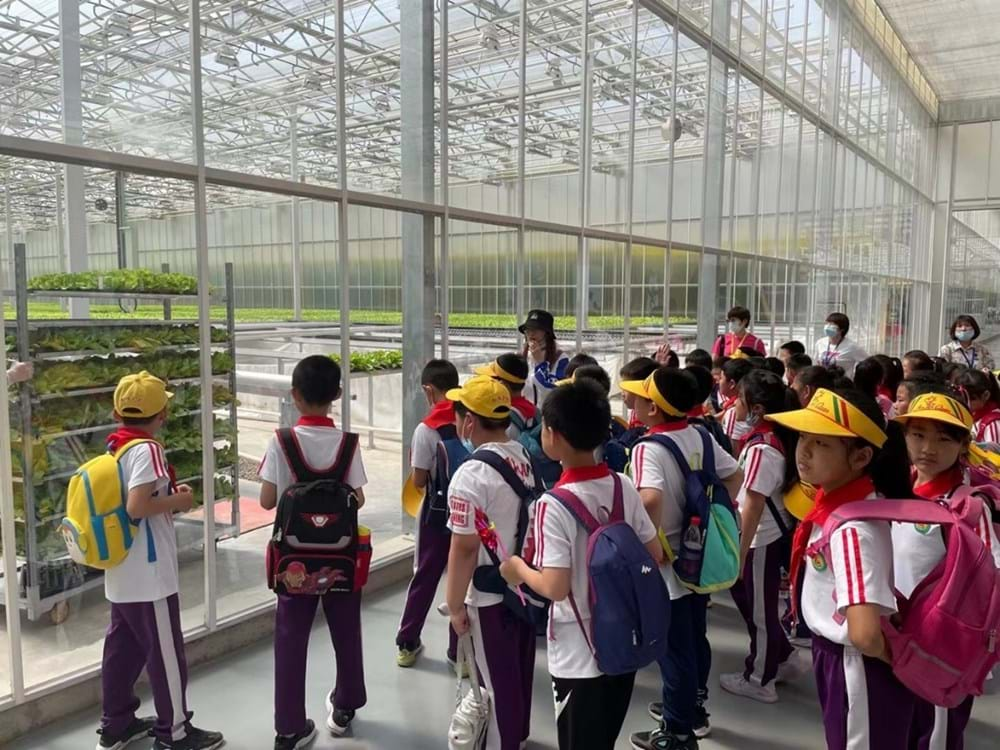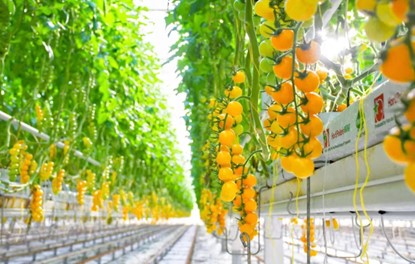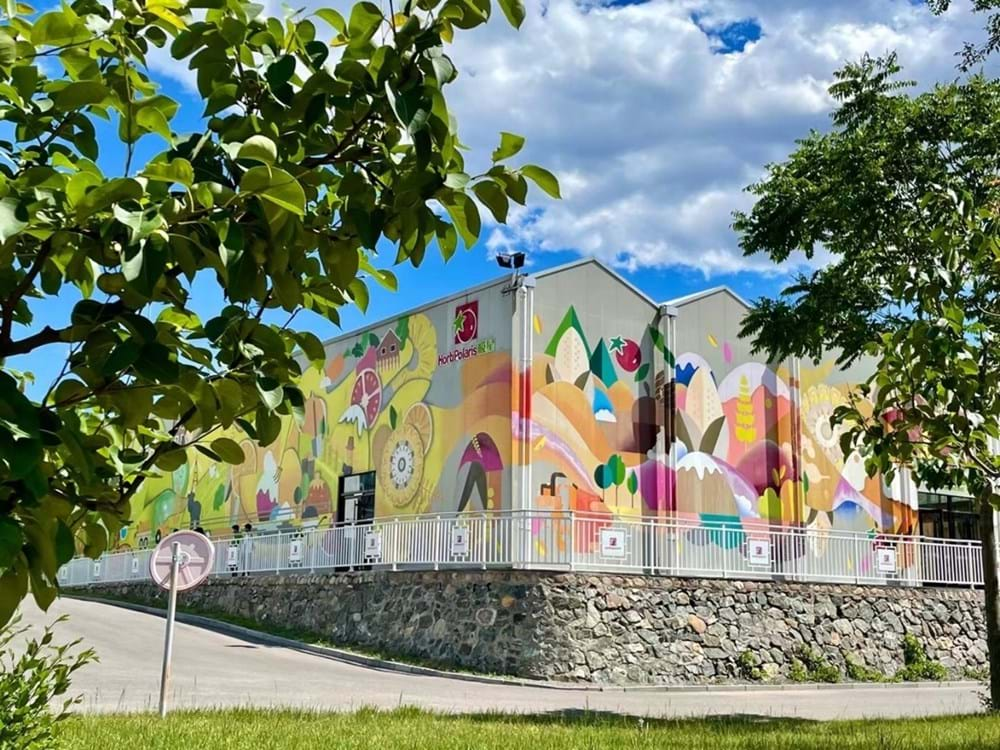Time flies; it is now the 5th growing cycle for Hortipolaris. We were glad to visit their greenhouse located in Miyun, Beijing once again to interview Dan Xu, the general manager of Hortipolaris on the topic of sustainability.
The greenhouse horticulture industry has developed fast in China over the last few years. Modern technology can minimize the limits imposed by the region and climate, allowing them to create an optimal climate for crop cultivation while increasing the yield and quality of certain vegetable varieties. The greenhouse at Hortipolaris is not considered a large-scale operation, but they continuously offer safe and healthy vegetables to the big urban city of Beijing.

Dan shared his opinions on sustainable growing in China and what the future holds. “First, we need to focus on improving how efficiently we use our natural resources and reduce the environmental impact of production; for instance, less energy, water and chemicals, etc. As a Chinese grower, at this moment, reaching the goal of profitability while maintaining a good brand reputation is just as important as lowering costs. We are proud that our industry supports us by offering jobs to local people and providing a space for people to experience modern agriculture.”
When discussing his efforts to be more sustainable, Dan said: ”We use double layer Svensson screens in the winter and as a result, we realized an additional 40-50% in energy savings. As an extra bonus, the screens help us to create a homogenous climate for crops. During the summer, our Harmony screen brings soft and even light into our lettuce zone.” Additionally, there is a unique system in place at Hortipolaris that uses an artificial wetland for filtering the wastewater from the greenhouse and then the water is reused. And with only a 3.3ha greenhouse, over thousand tons of CO2 is collected and reused yearly to reduce their carbon emissiosn.

One question remains - how can growers reduce their costs, especially energy costs, and still maintain high yield and quality? This is a common issue in the horticulture industry. Facing fluctuating energy prices and a challenging climate in Beijing (low light and low temperatures in winter), the Hortipolaris team had an in-depth discussion with a Svensson climate expert. Through an improved screening strategy, the energy consumption continuously decreased. “Since last winter, we started using an HPS during the winter nights and the heat from the lamps helped to reduce the gas consumption in the heating pipes. Through data analysis, we learned from Svensson that there is still potential to further reduce our energy consumption. We adjusted the screens to balance the energy savings and humidity control this year, and we are hoping to see satisfying results this winter.”

Dan is confident about the future and summarized three of his best sustainability tips:
- Consider the project location relative to the availability of natural resources, such as sunlight, geothermal energy etc.
- Try to implement new and innovative technologies to increase the efficiency of equipment and tools in the greenhouse.
- Share information with the whole horticulture industry and get inspiration from others as well.
Dan told us, that students are welcome to visit the greenhouse. “It is also our responsibility to make the next generation love our industry and join us in the future!”